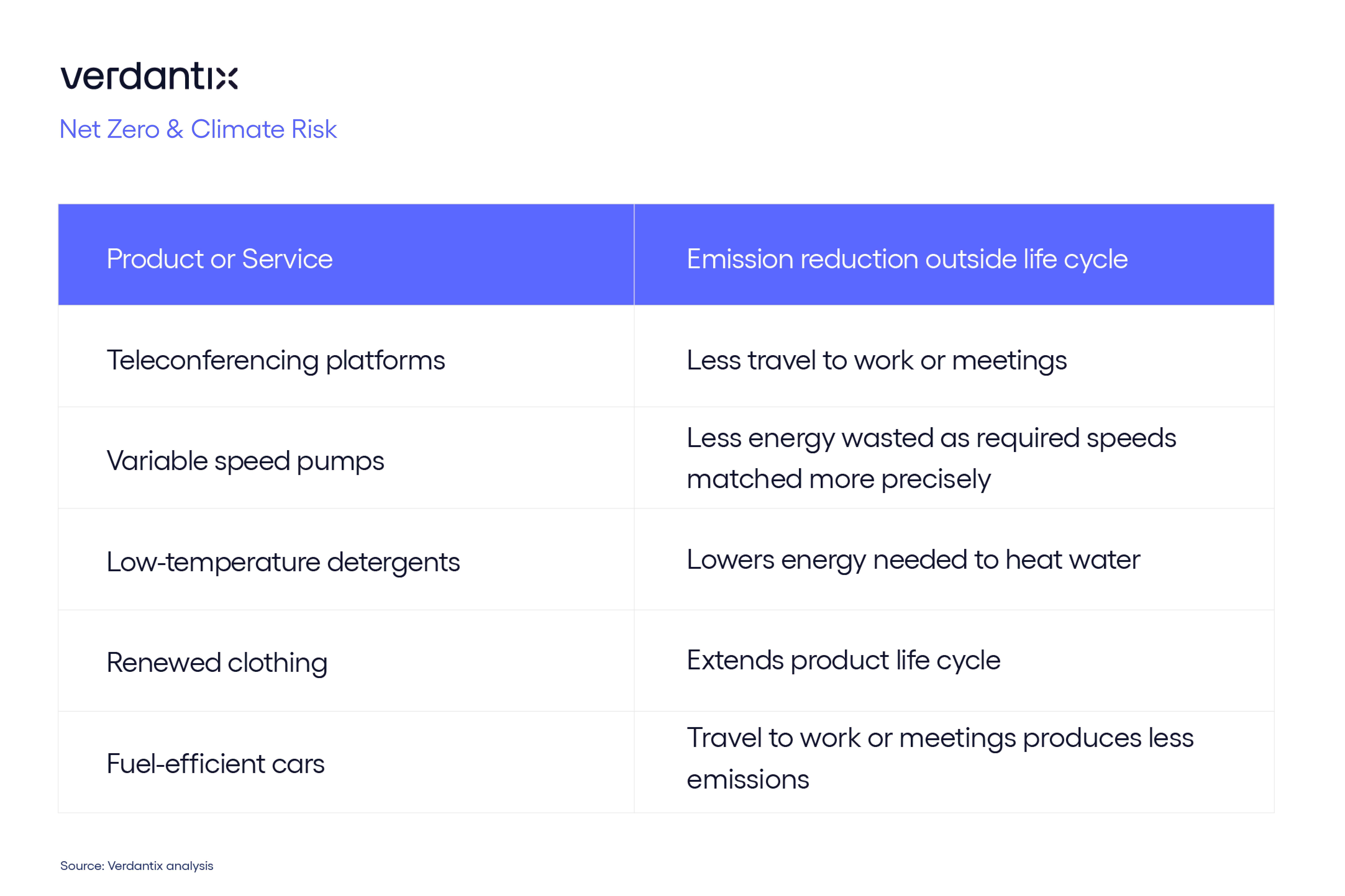Scope 4 “Avoided” Emissions Generate New Interest

Adam Barnard
With the US and the EU competing to drive investment in clean energy and emissions-reducing products, investors and sustainability leaders alike are showing new interest in avoided emissions.
Avoided, or “Scope 4”, emissions are emission reductions that occur outside of a product or service’s life cycle or value chain, as a result of the use of the product or service. Here are a few examples:

You can see these as products or services that reduce other firms’ or individuals’ Scope 1 or 2 emissions through efficiency, replacing a carbon-based feedstock with an alternative, or reuse.
Avoided emissions can demonstrate how a product or service leads to lower GHG emissions compared to other options on the market, leading to a competitive advantage and positive brand reputation for the firm.
Corporate heads of sustainability should measure avoided emissions to:
- Prompt organizations to orient around reducing their overall environmental footprint.
- Allow firms to allocate capital to product and service development that is in demand by conscious consumers or businesses purchasing with their own environmental footprint in mind.
- Help investors identify and assess investment targets if they are seeking positive environmental outcomes.
There are risks associated with reporting avoided emissions. Unsubstantiated claims, whether intentional or not, may be labelled as greenwashing. Measuring Scope 4 emissions also involves making challenging assumptions, which can lead to errors. To guard against greenwashing claims, the World Resources Institute developed a Comparative Emissions Working Paper, detailing methods for calculating avoided emissions.
Its two recommended approaches are:
- Attributional – the difference in total life cycle GHG emissions between the low-carbon products or services and a reference product or service that provides an equivalent function.
- Consequential – the sum of total, system-wide changes in emissions or removals occurring because of the low-carbon products or services when compared to a baseline (business-as-usual) scenario without the low-carbon product.
Heads of sustainability can use these approaches to create consistency and transparency around their avoided emissions measurements.
About The Author

Adam Barnard
Principal Analyst





